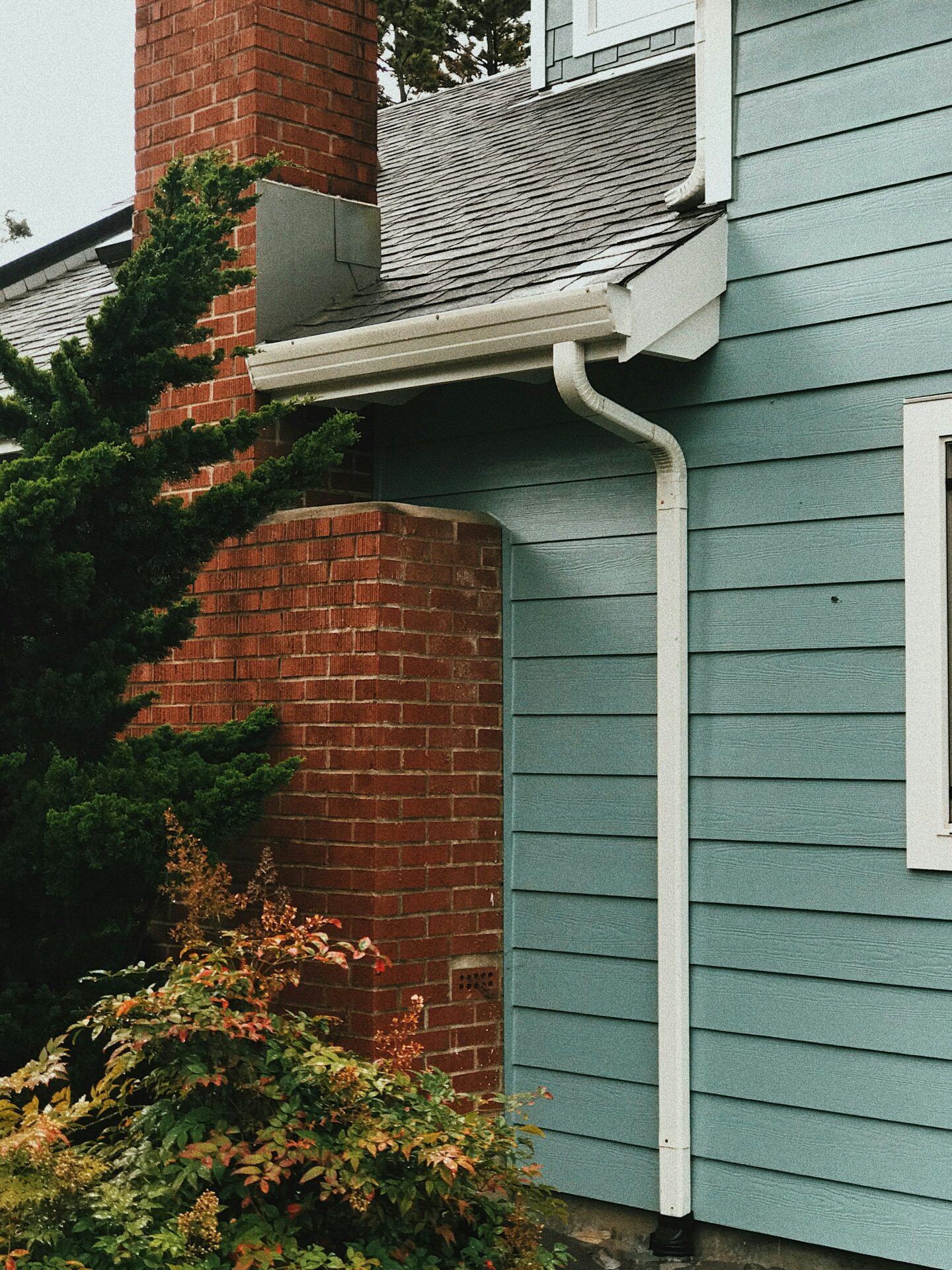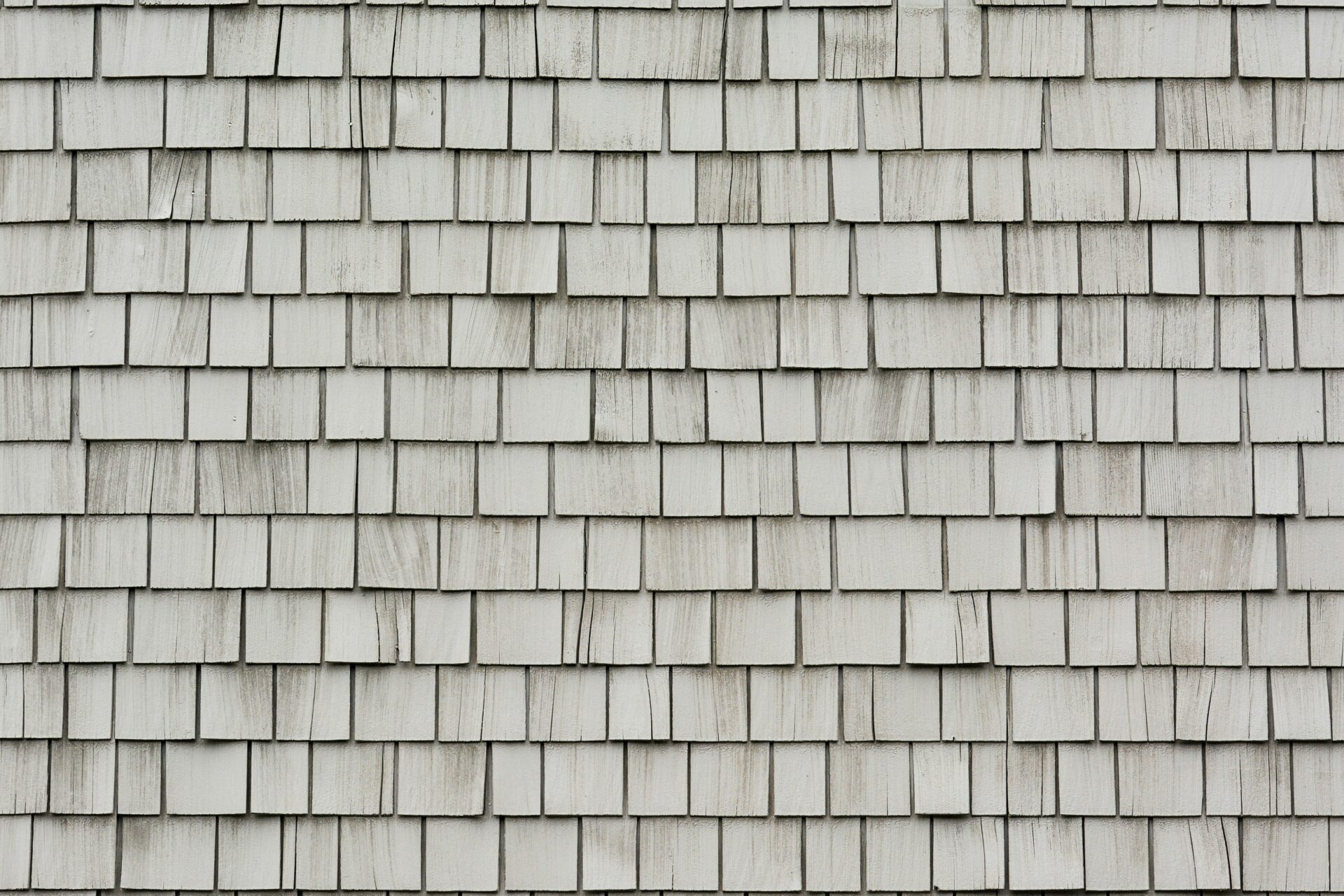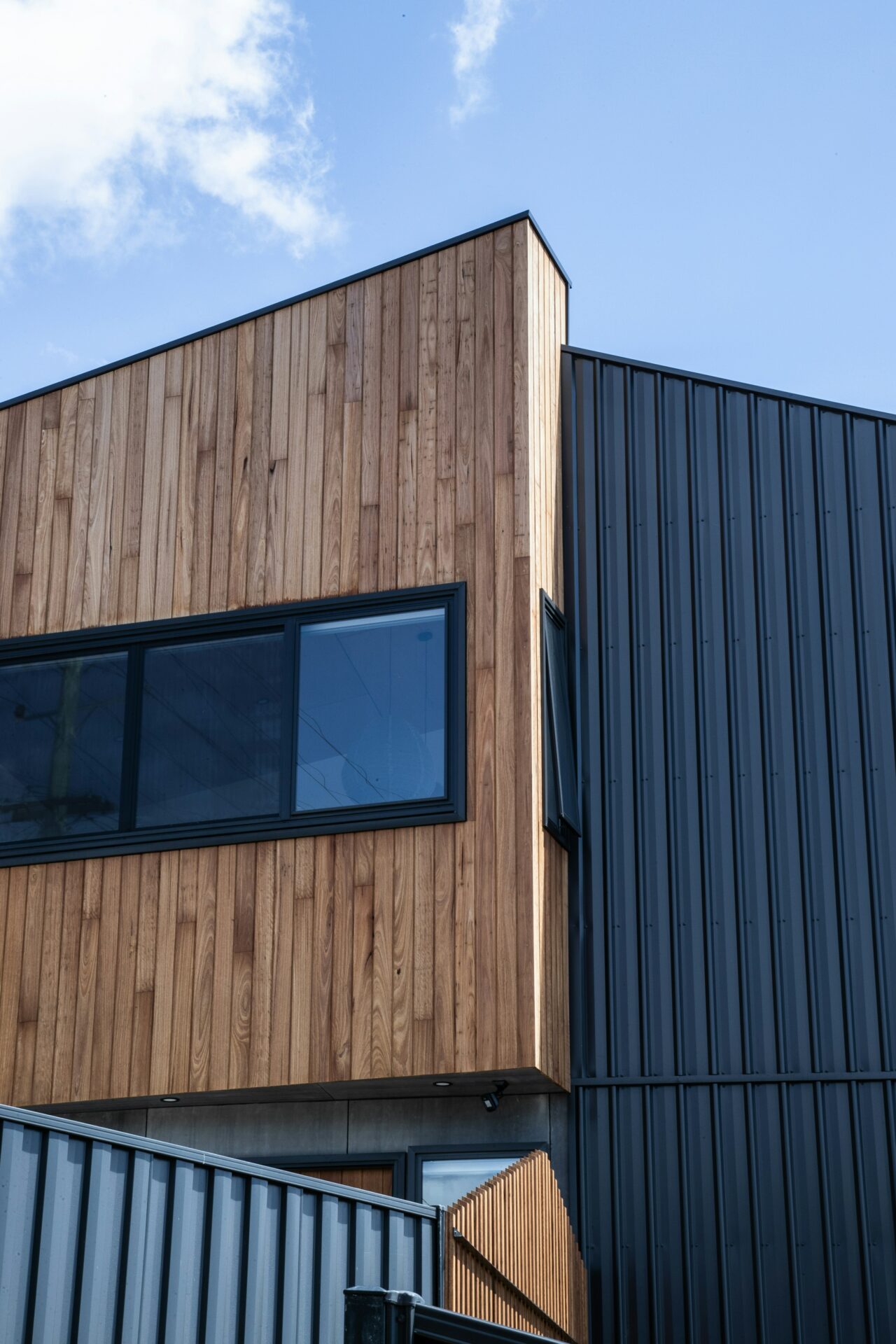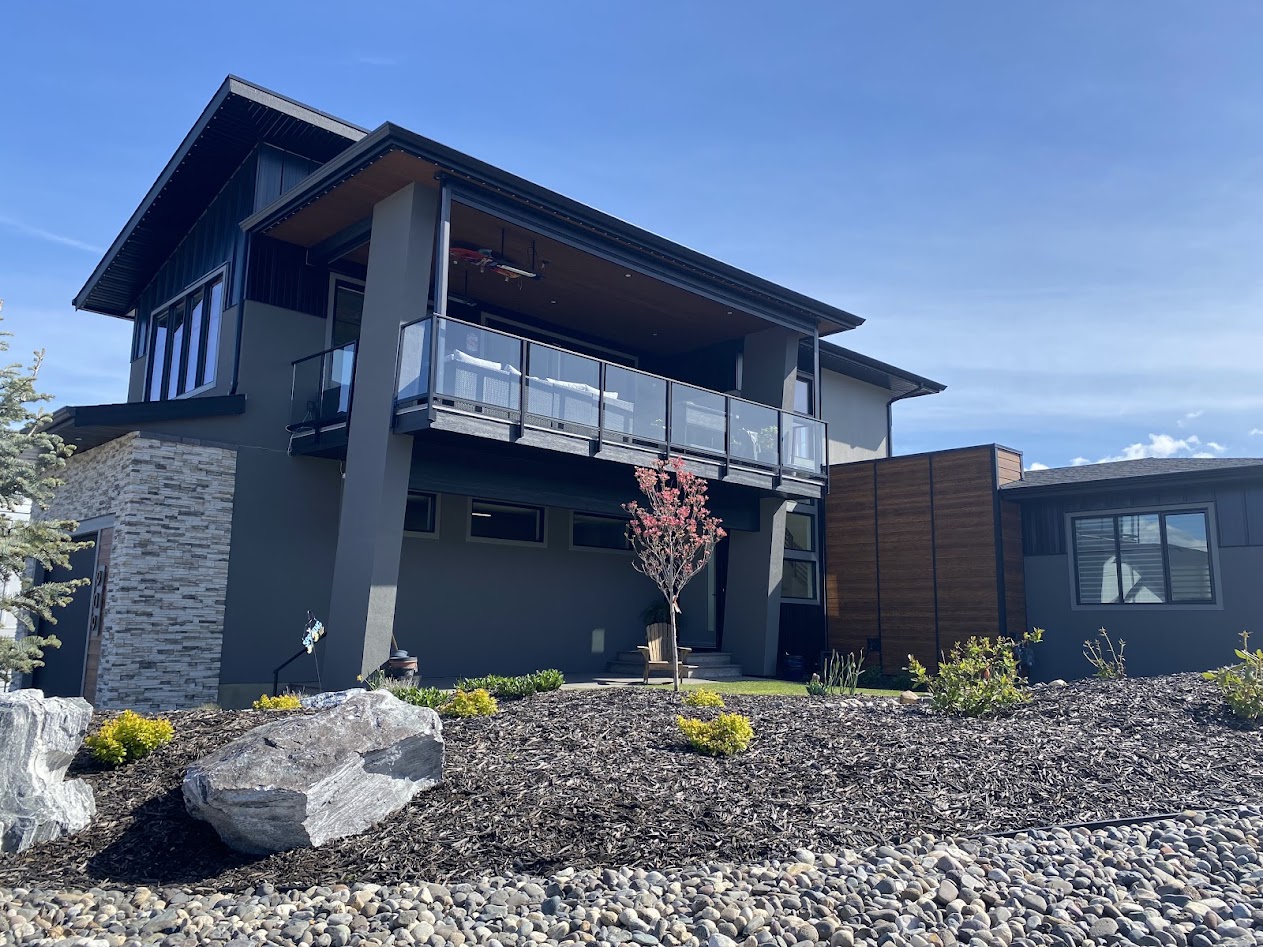
Introduction
Building a home in the Okanagan is a dream for many. With stunning lakes, desert landscape, and year-round activities, the Okanagan is a destination for young families and retirees alike.
If you’re thinking about building a home in the area, you must consider types of siding that will be right for your home. Everyone knows that wildfires are becoming more prevalent each year, and the siding on your home can make a big difference in whether or not your home survives one. Here we explore a few different types of siding available for your dream home.
Fibre Board
Fibre board is a fibre cement siding known for its durability and aesthetic appeal. Composed of cement, sand, and cellulose fibres, it mimics the look of wood but requires less maintenance. Hardie Plank is a popular brand of fibre board, but other brands include Allura and Woodtone.
Pros:
- Resistant to rot, pests, and weather damage.
- Non-combustible, making it a safe choice in wildfire-prone areas.
- Available in various textures, styles, and colours.
Cons:
- More expensive than some other siding options.
- Requires professional installation to ensure proper fitting and performance.


Wood
Wood siding offers a classic look. Options like tongue and groove, shake, shingles, and board and batten provide different styles to suit your home’s design.
Pros:
- Natural and warm appearance that blends well with the Okanagan landscape.
- Multiple styles and finishes available.
- Can be more cost effective
Cons:
- Requires regular staining or painting to prevent decay and insect damage.
- Highly combustible unless treated with fire-resistant chemicals.
- Susceptible to warping and cracking due to temperature fluctuations.
Metal
Metal siding, including steel and aluminum, is known for its strength and modern look. It’s gaining popularity for both residential and commercial properties due to its durability and ability to mimic different colours and styles. Okanagan home builders have been using more metal cladding because of its superior fire resistance.
Pros:
- Resistant to weather, rot, and pests.
- Non-combustible, providing excellent protection against wildfires.
- Requires minimal upkeep compared to wood.
Cons:
- May not provide the warm, traditional look some homeowners desire.
- Initial investment can be higher, though it pays off in longevity and durability.


Stucco
Stucco is a versatile and durable siding option made from cement, sand, lime, and water. It’s a common choice in regions with dry climates.
Pros:
- Non-combustible and provides excellent fire protection.
- Withstands extreme weather conditions and requires minimal maintenance.
- Offers good thermal insulation, keeping homes cool in the summer and warm in the winter.
Cons:
- Requires skilled labour for proper application.
- Can develop cracks over time, particularly in areas with significant temperature changes.
- Needs to be properly sealed to prevent moisture damage.
Conclusion
When choosing your siding, consult with a local Okanagan home builder to ensure you choose materials best suited to the region’s climate and your specific style and needs.
Selecting the right siding for your custom home involves balancing aesthetic preferences, maintenance requirements, and safety considerations. By understanding the pros and cons of each option and considering the risks of the local climate, you can make an informed decision that enhances your home’s beauty and longevity.
Other topics you might find interesting: